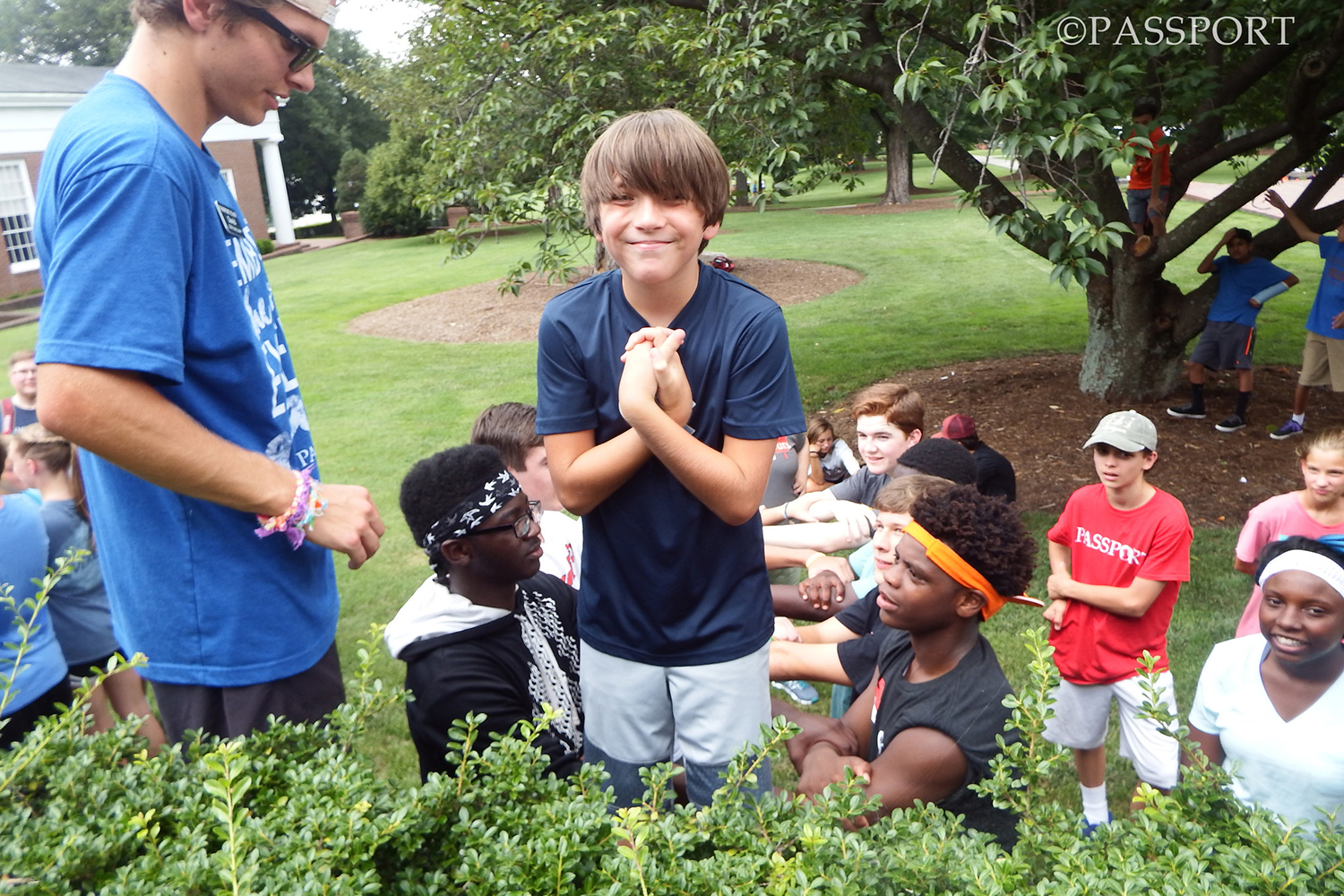Devita Parnell is no stranger to the occasional confusion and curiosity elicited by sharing her job title with others: young Baptist ecosystem manager for the Cooperative Baptist Fellowship.
“One time I mentioned my title to a woman at church and she responded, ‘I really care about the environment, too,’” Parnell said.
Close, but not quite. Ecosystem in this case is a metaphor for the wider life of a society, a company, a religious movement or even a church.
Parnell’s job is to help the various forms of life within the CBF ecosystem — such as national, state and regional level organizations — see the connections between themselves. Then they can work together to create spaces and activities that nurture young Baptists from children to age 35, she said.
Parnell landed the new position — and new title — in 2014. It was created after years of advocacy by church and program leaders and after Suzii Paynter became executive coordinator.
While Parnell has been focused on what the CBF has been doing for young people, she is beginning to expand into helping its congregations and state and regional groups examine how they can link programs and ministries to aid in that cause.
On Tuesday, Parnell shared with Baptist News Global the scope of her work and how it can translate into practical efforts for churches and ministries within churches.
What is a young Baptist ecosystem?
Some background there is that ‘ecosystem’ is a buzzword in many sectors. It’s about the connectivity we are trying to seek across silos in programs and ways of thinking across sectors of society and, in this case, across our Fellowship ….
And you are looking at the health of that environment?
Continuing with the ecosystem metaphor, I am looking where there are energy forces, where there is diversity within the system and where there is interconnectivity. In an ecosystem those things are what give it strength. You also look for the keystone species, and those not so large, and what role each plays in the ecosystem.
What are some of the ‘species’ in CBF?
Passport is a very strong species within CBF… There are lots of partners in the ecosystem and my role is collaboration. Who can be engaged at all levels of our global, state and regional partners — even among the larger Christian, ecumenical world? How are we connected to the whole so that we are paying attention to trends?

Passport operates Christian camps for children and youth which include theologically stretching worship, experiential Bible study, hands-on mission experiences for youth, and mission education for children. (Photo/Passport)
How do you begin that process of identifying partners and identifying gaps?
I did an asset map at my level and each of the states and regions do this and I meet with the state and regional leaders. We are gaining an understanding of the whole.
What did you learn from that process?
That it’s pretty obvious that we spend a lot of time and money and energy and programs directed at seminarians while we do very little at the national level with youth and children. More of that happens at state and regional levels because they are connected to the churches. … One of my biggest aha moments was that we need to develop our young laity connections. We really have very little going on … specifically tied to engaging young laity. That will continue to be one of my main areas of focus.
What can CBF do for a young Baptist?
We have created the young adult network which is composed of representatives from each state and region. … We have asked those people to think about the laity in their state and to meet on a regular basis … to share ideas about creating a strong laity. … In February we are taking a Pivot Bahamas trip with young lay people who are passionate about their congregations and missional engagement. …We are hoping this mission immersion experience will help them impact their own communities and engage in missions in a healthy way.
You’ve mentioned silos. Are age-graded ministries, by definition, silos?
Not necessarily. It depends on the mindset of a staff. Is the staff collaborative? Does the staff share in some of the ministry [to young people] or is it solely relegated to one person …? What we’re doing needs to be more relational and organic.
Can you give an example?
With all these youth weekends that are happening around CBF life, are we bringing our college students — who have been in the Student.Go mission program — in as speakers to those events or as chaperones or small-group leaders? If so, the younger students can see the opportunities for them beyond their current stage of life.
Does this approach require staff buy-in to be implemented in a church?
You have to start where you have influence. So if a youth minister has a youth committee, how can that be shaped to include senior adults or families that have children now? Or can a parent of a college student participate? All those voices need to be heard within the planning of youth ministry.



